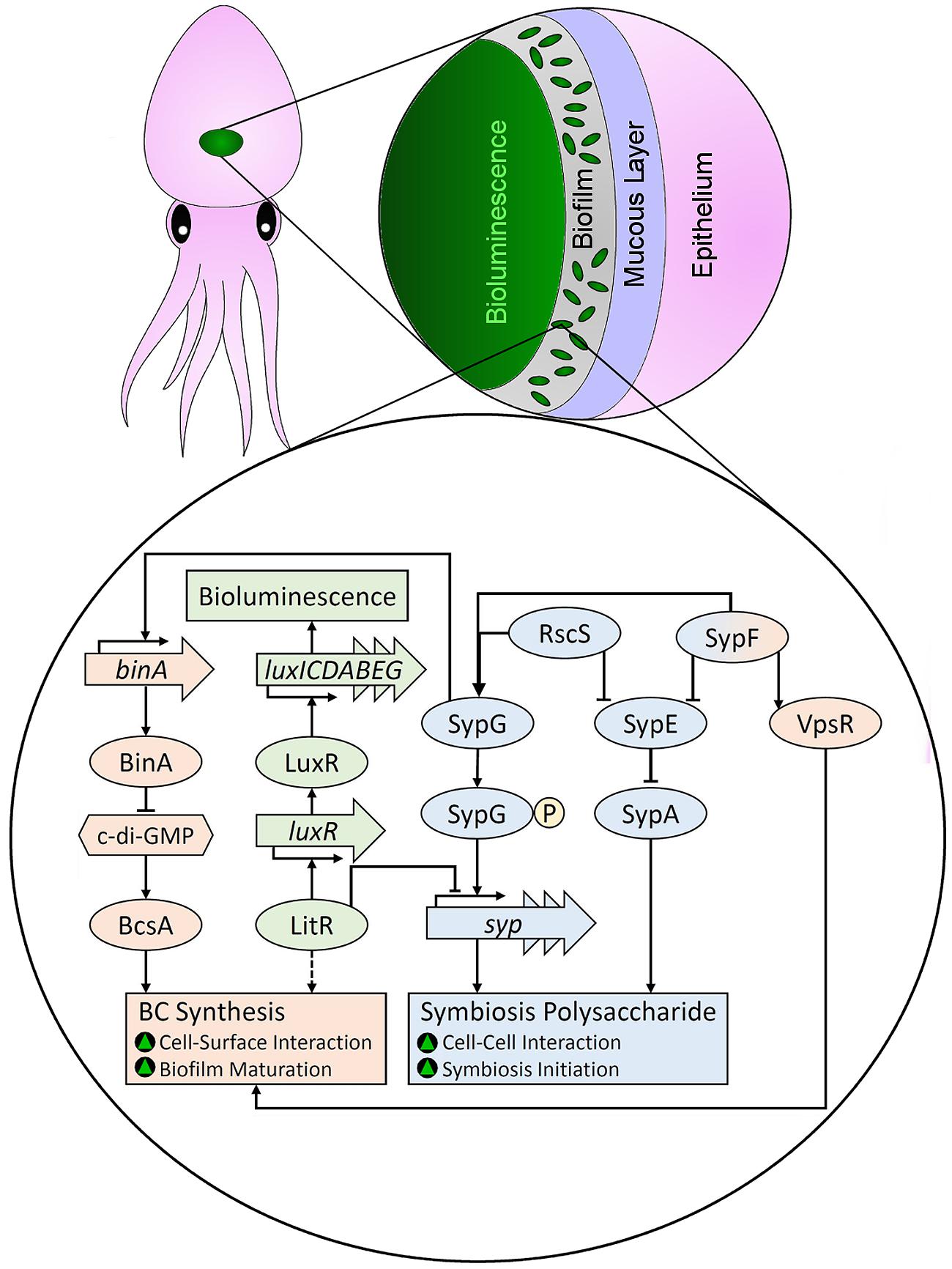

Luxi photosphere attachment android#
The first thing I did after receiving the Luxi’s was to download the Android application from Google Play Store. Though not used in this review, I have included some images of the Luxi for iPhone 5/5s for comparison…because I like you. …and yes, it has rubber bumpers to guard against scuffing the screen and body of your precious device. The Luxi is designed to harmlessly attach to the front facing camera… This would no doubt result in a broken Luxi and most likely a case of Lego Foot Syndrome. However, they are indeed made of plastic so don’t step on them. I would have no problem throwing them in a car glove compartment, in my pocket, or tying one to the outside of my camera bag by it’s lanyard. The overall construction of both Luxi’s is reasonably solid but otherwise unremarkable. The Luxi’ shipped in their own nice and cozy boxes which included a lanyard and storage pouch. It is manufactured to the exact measurements of the iPhone frame. In my tests, I found that the presence of a case did not significantly inhibit the fit of the Luxi for All and made no difference in the readings.Ī word of warning: please note that the Luxi for iPhone 5/5s is designed to be used with an iPhone without a case attached. For the purposes of this review, the mobile device used for testing is an Android HTC One X fitted with the Luxi for All.
Luxi photosphere attachment for android#
The Luxi for All is used for Android devices, tablets, and the iPhone 6. So you can cease your weeping and rejoice! Now we can get on to the good stuff and see how well the Luxi handles the task of measuring incident light.Ĭurrently, ESD produces two models of the Luxi: the Luxi for iPhone and the version tested in this review, the Luxi for All. However, I am happy to inform you that this is the end of the crash course on light metering. As you can probably tell, the issue of light metering can obviously become crushingly complex. The general benefit of an incident light meter is that it allows the photographer to measure how much light is illuminating a particular area of a scene regardless of the subject reflectance. Exclusively metering from reflective light can become problematic when you encounter a scene that has very little differences in reflectance. Unfortunately, camera meters are unable to measure incident light. It is how your camera determines the average exposure of a scene based on the light being reflected from whatever you happen to be photographing. Whether you know it or not, you almost certainly already have a reflected light meter built into your digital camera. Incident light, be it natural or artificial, is the light that illuminates the subject. Reflective light is somewhat self-explanatory and simply refers to the light which is reflected from the subject being photographed. There are of course meters that can do both. Photographic light-meters generally come in two flavors: meters that measure incident light and meters that measure reflective light. Can the Luxi really turn your phone or tablet into a pro-grade light meter? Read on!įirst, let’s quickly refresh ourselves on what light meters do and why they can be so important for the serious photographer.

According to ESD, the Luxi transforms your smartphone or tablet into a professional-quality incident light meter when used along with a downloadable light meter application. The Luxi is a light-diffusion dome that is specifically designed to fit over the forward facing camera of your iOS or Android device. Hailing from Palo Alto, California, Extrasensory Devices designs and manufactures auxiliary hardware and applications for smartphones and is the inventor of a product known as the Luxi. One of those manufacturers pushing the envelope of what a mobile device can be used for is Extrasensory Devices (ESD). Phones and tablets today now have cameras that arguably rival the image quality of the dSLR’s from ten years ago.Ĭatering to this new generation of “ photomobi’s” are multitude of companies hoping to expand the horizons of the photography craze which came along with the mobile device revolution. Whether you have a smartphone or tablet, you can bet there is something being marketed to make it better or faster or able to perform some type of extraordinary task.įor photographers, the advent of camera phones and camera-capable devices has ushered in an entirely new kind of photography. Today, there are literally countless apps, programs, and gadgets being produced to work in conjunction with your mobile device.


 0 kommentar(er)
0 kommentar(er)
